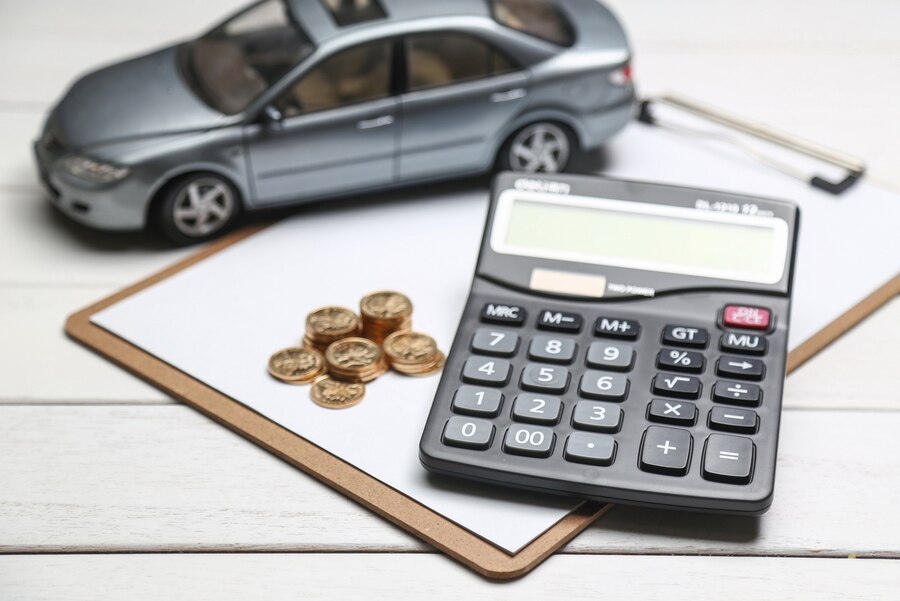Whether you lose or retain your vehicle after settling a car loan depends on how the loan is settled and the agreement with the lender. Here are the possible scenarios:
- Full Loan Repayment (Regular or Early Payment) – You Retain the Car
If you make all your monthly payments on time or pay off the loan early (foreclosure), you will fully own the vehicle. Once the loan is cleared, the lender will remove the lien (ownership claim) on the car. You will receive the No Objection Certificate (NOC) and vehicle title in your name. The car is now fully yours, and you can sell or transfer ownership without restrictions. This is the best option for people who can afford to repay in full or through regular installments.
If you pay off the loan in full (either through regular payments or early repayment), the lender removes the lien on your vehicle. You receive full ownership, and the car title is transferred to your name.
- Loan Settlement (One-Time Settlement or Negotiation) – Depends on the Agreement
If you negotiate with the lender to pay a reduced amount due to financial difficulties, the lender may agree to settle the loan, but they might still seize the car or place restrictions. Some lenders allow you to retain the car after settlement, but this depends on the amount paid and the lender’s policies. A loan settlement happens when you negotiate with the lender to pay a reduced amount because you cannot afford to repay the full loan.
- Possible Outcomes:
- Some lenders allow you to keep the car after settlement, but this depends on the agreement.
- In some cases, the lender may still repossess the car, even after accepting a settlement.
- Your credit report will reflect a “settled” status, making it harder to get future loans.
- Loan Default (Failure to Pay) – You Lose the Car
If you fail to repay and do not settle with the lender, the car is repossessed by the bank or finance company. The lender can sell the car to recover the remaining loan balance. If you stop making payments and do not negotiate a settlement, your loan becomes “defaulted.”
- The lender has the legal right to repossess the car since it was bought on credit.
- After repossession, the lender sells the car at an auction to recover the outstanding loan amount.
- If the sale price is less than the remaining loan balance, you may still owe money (called a deficiency balance).
- What Should You Do?
If you’re struggling with payments, consider:
- Loan restructuring – Request lower EMIs or extended tenure.
- Refinancing – Get a new loan with better terms.
- Selling the car yourself – You might get a better price than a lender’s auction.
Whether you keep or lose your car after settling a car loan depends on the type of loan settlement, your agreement with the lender, and the financial institution’s policies. Below are the possible outcomes:
- Talk to the lender early – Request a temporary payment pause or loan restructuring.
- Consider refinancing – Transfer the loan to another bank for lower interest rates or extended tenure.
- Sell the car yourself – You may get a better price than what the lender would get in an auction.
- Avoid settlement unless necessary – It harms your credit score, making future loans harder to obtain.
CONCLUSION
Whether you retain or lose your vehicle after settling a car loan depends on how the loan is resolved. If you fully repay the loan (either on schedule or through early repayment), you gain full ownership of the car. However, if you negotiate a loan settlement by paying a reduced amount, the lender may still have the right to repossess the car, depending on the agreement. In the case of loan default, the vehicle is almost certainly repossessed and sold to recover the outstanding balance.
To avoid losing the car, it is best to communicate with the lender, explore refinancing or restructuring options, and consider selling the car independently if needed. Making informed financial decisions ensures a smoother loan repayment process while protecting your assets. If you repay in full (regular or early payments), you keep the car. If you settle for a reduced amount, keeping the car depends on the lender’s policies. If you default, the lender repossesses and sells the car.



